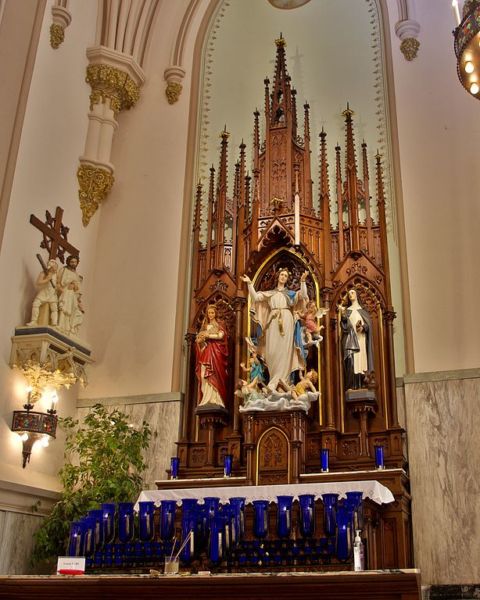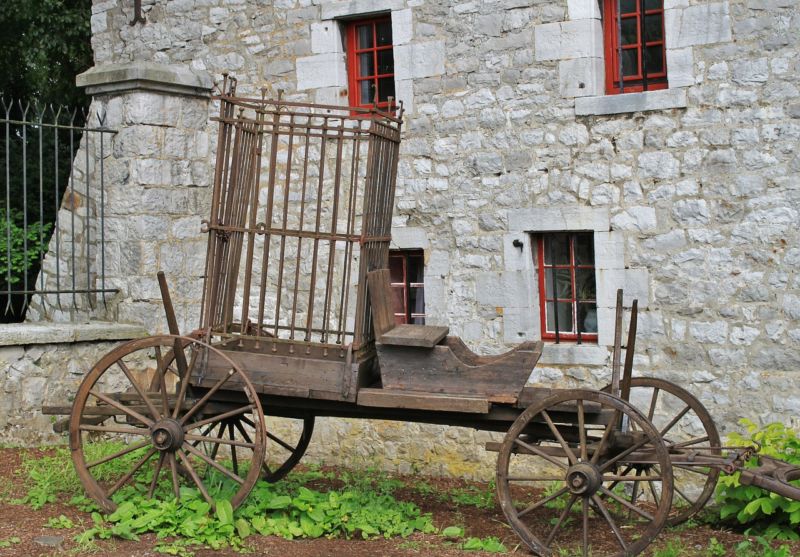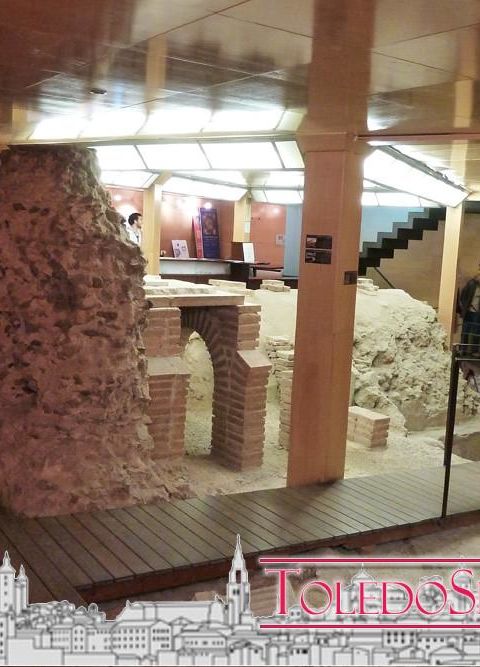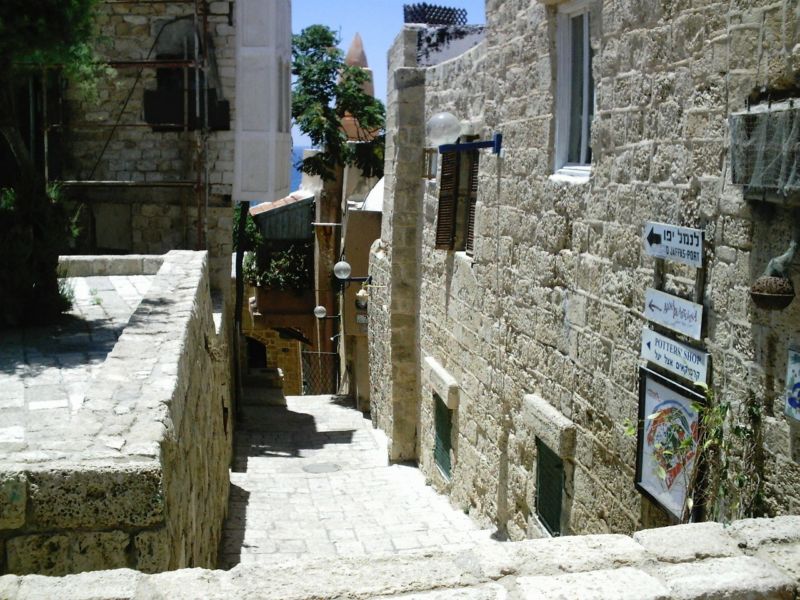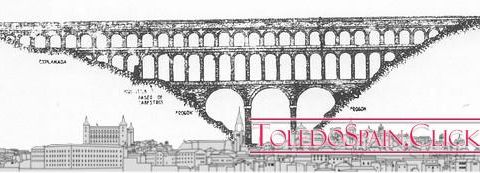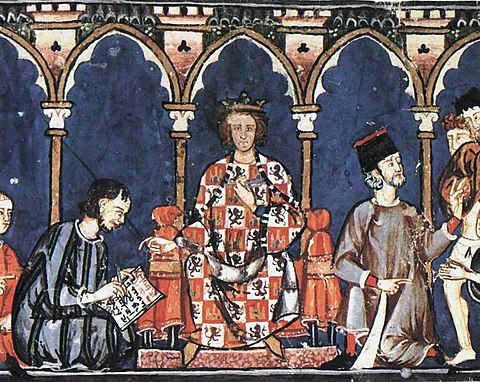Brief biographical notes of Santa Teresa de Jesús and her passage through the city of Toledo in the 16th century, by Carlos Dueñas Rey.
” Nothing disturbs you, nothing frightens you, everything passes, God does not move, patience reaches everything, he who has God lacks nothing, only God suffices”
Teresa of Jesus.
Teresa Sánchez de Cepeda y Ahumada (Ávila March 28, 1515 – Alba de Tormes October 15, 1582), was a character of the sixteenth century that leaves no one indifferent, as she herself said: “It is enough to be a woman to fall my wings.
He lived and had to fight in difficult times against irreducible mills, just as Don Quixote did, precisely because of the contempt to which women were subjected and the persecution of the Inquisition against free thought. Religious, mystic, writer, doctor of the Catholic Church and founder of the Discalced Carmelites, she was born in a family of Jewish origin and her life was a constant adventure, together with San Juan de la Cruz, the other Spanish mystic, who due to his short stature he called “my half monk”, they managed to reform the Carmel, which sometimes cost them judgments, not a few problems and even prison in the case of the latter and confinement for Teresa.
I don’t intend this chapter to be a biography of the “santa andariega”, as many historians and biographers have already done, and I just want to focus on his stays in Toledo in one of which he founded the first convent of barefoot Carmelites in our city, not without obstacles or impediments.
Teresa was staying when she came to Toledo in the house of Doña Luisa de la Cerda, widow of Don Antonio Arias, and here she was very comfortable because she enjoyed the attentions to which Teresa – belonging to a very numerous family – was not accustomed and according to all the data it was in this residence, which we all know as the Casa de Mesa, where the saint of Ávila began her literary career, because she made a good quote from Virginia Woolf when she says that all a woman needs to write is a room of her own and economic independence. On this occasion she was accompanied by the nuns Isabel de San Pablo and Isabel de Santo Domingo and with them Teresa set out to found the city of forty convents.
 Hall of the Table House.
Hall of the Table House.
It happened that a very rich merchant named Martín Ramírez, wanted to leave all his property for works of mercy in some parish; a Jesuit named Pablo Hernández convinced him to use this fortune for the foundation of a convent, a motive that took advantage of the future saint to fulfill his great dream: to make the fifth foundation in Toledo beginning to deal with the executors of the saint Martín Ramírez.
When he had been in Toledo for about two months and did not obtain the necessary licenses to found, he decided to ask for an audience with the governor of the diocese, who was Canon Gómez Tello Girón, because Archbishop Fray Bartolomé de Carranza was imprisoned in Rome, accused of heresy and in a painful process. Teresa was known for being a great negotiator in the purchase and sale of houses and for her tenacity in achieving what she proposed and negotiations with Tello Girón were not easy, in view of the latter’s repeated refusal to receive her, historians tell us that Teresa without respecting the ecclesiastical position she held and without being afraid waited for her when she left a church and reproached her for the following:
” It is a hard thing that there are women who want to live with such rigor and perfection and enclosure and that those who do not go through any of this, but are given, want to hinder the work of so much service to our Lord”
.
It seems that after these harsh words the governor of the diocese granted the permits to Teresa.
And the biggest problem that Tello Girón argued was that in Toledo there was no room for one more community or nun, because there were many convents in the city and that was clearly impossible and the clergyman was not wrong because it was not easy to find a house in the bustling city to house another monastery and also pressured against the other mendicant orders.
Faced with this difficulty, Teresa began negotiations with Alonso Álvarez and his son-in-law Diego Ortiz to obtain a house for her, but the tenacious nun tells us that she was asked for many conditions that she could not meet. Later she met a Franciscan friar named Martín de la Cruz who was well known for his virtue and who told Teresa that he himself would provide her with a house for her project and in this way put her in contact with the student Andrada who from the very first moment showed himself solicitous to help her in whatever was necessary. One day while Teresa was at Mass in the Society of Jesus, she came to tell her that she already had a house, very close to the church of Santo Tomé, and that she would soon give her the keys. It was a small house attached to another plot of land, but in view of this fact and with her special gracejo, the Santa Andariega said that in order to found a convent all that was needed was “two nuns and a bell”.
Well, said and done, as late as the night of May 13, 1569, a group composed of the three nuns and two workers made the small move from the palace of Doña Luisa de la Cerda to the house that Andrada bought them through the dark streets of Toledo.
The next morning a Carmelite priest who accompanied them with the sacred implements said Mass in an improvised little altar and a notary attested to the fact that the new “palomarcico de la Virgen” (Virgin’s pigeon), as Teresa called her convents, was therefore founded in Toledo.
The neighbors say that that dawn, neither short nor lazy, the nuns armed themselves with tools and hammers and knocked down a partition that hindered them in order to give more space to the outbuildings; the nuns began their monastic life with only a few pallets and some canvases, but immediately they began to receive all sorts of goods and gifts that sometimes were not to the liking of the sisters because they felt sorry because they were running out of poverty.
It wasn’t long before they received an advance of the generous merchant’s inheritance, the mother bought a house in the street Núñez de Arce, just next to the chapel of San José, in the houses that belonged to the counts of Vado and Güendulain, where the larger nuns were. But this place was where the wagons went up to the center of the city and the wagons when they herded the beasts, they say that they did not spare in outbursts and blasphemies against the Most High, His Most Holy Mother and all the Celestial Court, thing that bothered the nuns very much in their silent and sacred enclosure, Therefore, they began to think about looking for a new accommodation that they got where the Capuchin convent was, although other chroniclers cite that there were certain disagreements with the executors of the rich merchant and they had to abandon the splendid house of Torno de las Carretas, today Núñez de Arce.
While in this convent Teresa had to suffer one of the most painful events of her life, because in one of her visits to Toledo after the foundation, an order arrived from the superior of the Order from Rome in which the energetic nun was demanded to be confined in the convent she chose and to abstain from founding more convents. She obeyed logically and decided to stay in Toledo. On the other hand, this painful event was very fruitful because in the imposed confinement, Teresa wrote a lot, finished “Way of perfection”, perfected the “Book of foundations” and gave form to “The abodes” or “Inner Castle”, in addition she wrote a multitude of letters answering all the people who wrote it.
Ávila saw her born, but in Toledo Santa Teresa wrote the best of her prose and in our city she met Francisco de Borja besides the mentioned San Juan de la Cruz who would also reach sanctity and she also met on several occasions with Pedro de Alcántara of whom she said that it seemed made of roots of trees, she even had an unhappy encounter with the princess of Éboli. Fascinating was that sixteenth century, characterized by certain airs of freedom in all social substrates and gave so many and varied unforgettable characters who were in Toledo and lived and undoubtedly one of them was Teresa Sanchez de Cepeda and Ahumada.
Many times the indomitable nun came to Toledo, one day she left and did not return to the city where her paternal family was born, but in some relics that are kept here. She always carried Saint Teresa to Toledo in her mind and heart, although sometimes her stay in this convent city was not easy. Before leaving definitively on June 8, 1580, after an attack of perlesia, she had in her cell the vision of Christ tied to the column. In this convent of St. Joseph came the aforementioned St. John of the Cross in his “Dark Night” after escaping the torment of the shoes
.
Shortly afterwards, on October 15, 1582, the tireless nun died in the smell of sanctity surrounded by her “daughters” whom she often reprimanded when she caught them arguing with them:
” Find the world on fire and here are your mercedes arguing for nothing”
” Mother Teresa is a great woman of shingles below, and of shingles above very old” P. Pablo Hernandez, Jesuit.
Nowadays, the convent of barefoot Carmelites is located close to the wall, next to the Puerta del Cambrón.
TEXT: CARLOS DUEÑAS REY
More information: Santa Teresa de Jesús in Toledo. D. Agustín Rodríguez y Rodríguez. Revista Toletum, Nos. 14 and 15, January-June 1923.

